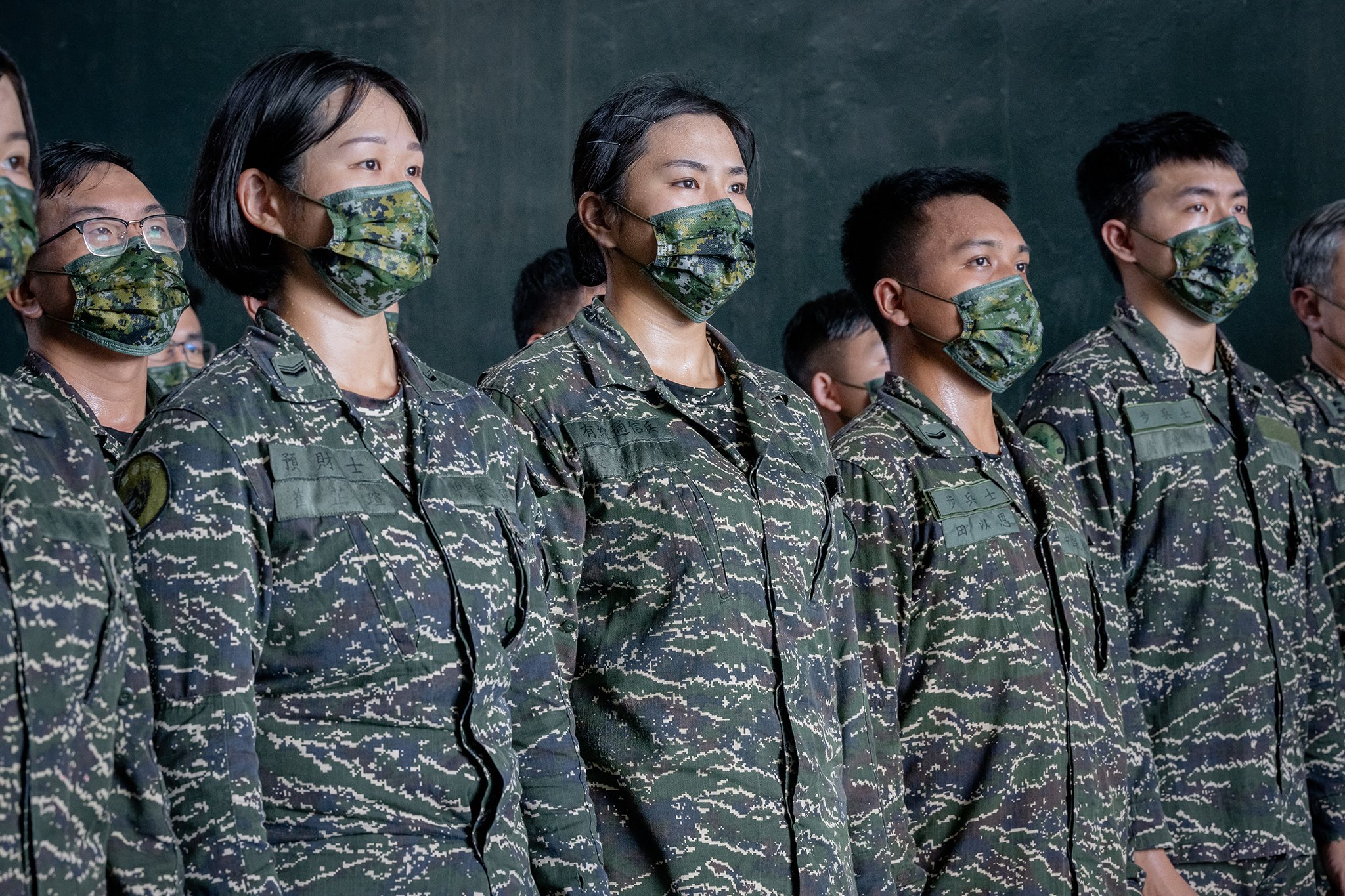Lessons for Taiwan from the Early Stages of the Russo-Ukrainian War
Tom Hayward | 26 March 2025
Summary
The Russo-Ukrainian War has prompted Taiwan to consider lessons from Ukraine’s asymmetric defensive strategy from the early stages of the conflict. Rising Chinese military power has heightened Taiwanese fears of invasion, with 2027 cited by the U.S. as a potential target year for the invasion.
An asymmetric strategy would enable Taiwan to avoid a swift defeat, extending the conflict into a war of attrition and securing international support.
Taipei’s continued procurement of conventional capabilities such as fighter jets and large warships makes it vulnerable to Chinese attack. It is likely that Taiwan’s conventional forces would be quickly crippled in the event of a Chinese invasion.
Ukraine’s use of asymmetric tactics in the early days of the 2022 invasion was instrumental in slowing Russian advances. Small units armed with NLAW anti-tank missiles disrupted Russian armoured columns advancing towards Kyiv, preventing Russia from building momentum and moving on the capital. In the Black Sea, Ukraine’s sea drone fleet has enabled its navy to push back a far larger conventional navy, forcing Russia to relocate its Black Sea fleet from Sevastopol to Novorossiysk.
Taiwan could strengthen its defences against a Chinese invasion by imitating Ukraine’s asymmetric approach. Its military forces are dwarfed by those of China, raising questions over whether the island is equipped to face Beijing’s military in a head-on confrontation. In 2021, China had a standing military of 2,035,000 personnel, vastly outnumbering Taiwan’s 169,000. The gap between the two is widening, as China’s vastly superior economic resources enable it to outspend Taipei on military procurement.
Taipei has previously adopted some elements of an asymmetric defence strategy. Lee Hsi-min, former Taiwanese Chief of the General Staff, attempted to implement a ‘porcupine strategy’ through his ‘Overall Defence Concept’. Such a strategy would involve Taipei deprioritising costly and sophisticated investments in favour of cheaper, portable systems which would enable a ‘defence in depth’ - utilising Taiwan’s natural geographic defences to make a Chinese assault more costly.
However, Taipei has resisted a full asymmetric defence approach. Officials fear that it would impact Taiwan’s ability to combat China’s ‘grey zone’ tactics, which are part of a comprehensive pressure campaign to intimidate Taipei. Grey zone warfare involves unconventional, coercive actions which fall between war and peace. China has increased the intensity of its grey zone campaign in recent years, requiring Taipei to deploy more military resources to respond. Taipei is concerned that an asymmetric focus would leave it vulnerable by stripping away its conventional capabilities to respond to China’s use of grey zone tactics. For example, Taiwan responds to frequent violations of its Air Defence Identification Zone (ADIZ) by dispatching fighter jets to track Chinese aircraft, balloons, and unmanned drones.
U.S. President Donald Trump has avoided questions about whether the United States (U.S.) would defend Taiwan with military force. This is in contrast with former President Joe Biden, who stated repeatedly that the U.S. would defend Taiwan if China launched an invasion. The evolving U.S. position on Ukraine and the Trump administration’s temporary halting of military and intelligence aid to Kyiv has further contributed to fears that the U.S. will not support Taiwan in the event of invasion. This uncertainty complicates Taipei’s defensive plans, which rely heavily on U.S. support to repel Chinese forces from the island. This includes breaking a potential Chinese blockade and reinforcing Taiwan’s air defences.
Taiwan Presidential Office/Wikimedia, CC BY-SA 2.0
Forecast
Short-term
Uncertainty over US policy on Taiwan means that tensions in the Taiwan Strait will likely escalate, leading to increased Chinese military drills and incursions.
Taiwan’s response to China’s intensifying grey zone tactics is likely to stretch its current resources, leading military officials to prioritise investment in conventional military capabilities.
Medium-term
It is likely that Taiwan will continue to invest in conventional military procurement programmes, at the cost of its asymmetric defence capabilities.
The US will likely increase pressure on Taiwan to prioritise the procurement of weapons that suit an asymmetric strategy. This could include the Pentagon blocking sales of large, conventional systems such as Abrams tanks and F-35 fighter jets.
Long-term
A full-scale Chinese invasion remains a realistic possibility within the next three years.
A Chinese invasion will be more unlikely should the pro-Beijing Chinese Nationalist Party win the general election in 2028.
China’s actions towards Taiwan will be shaped by US-China strategic competition, which is likely to intensify during the Trump administration.



